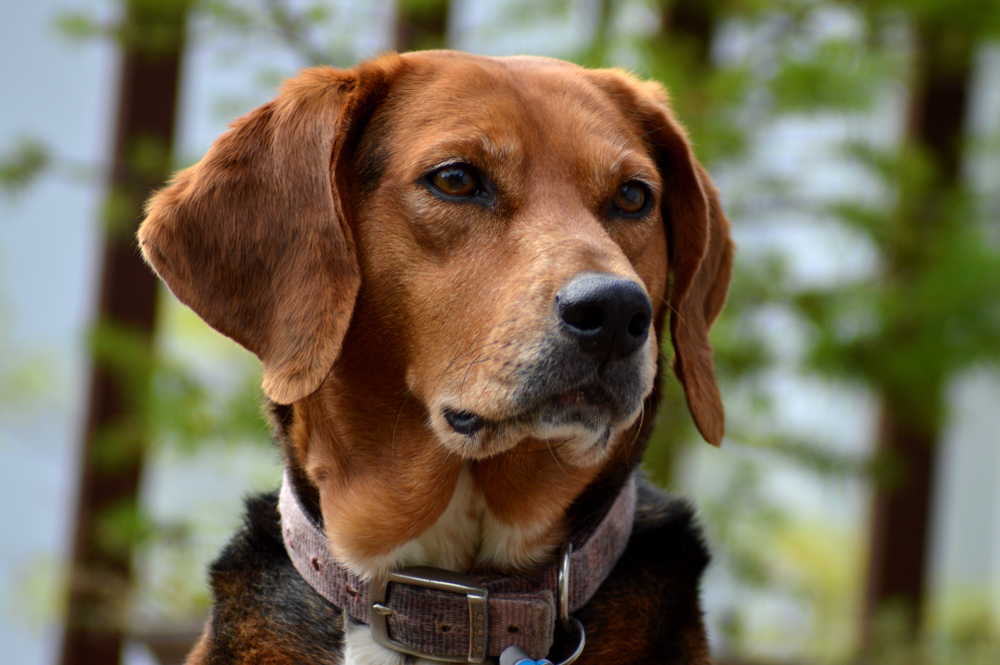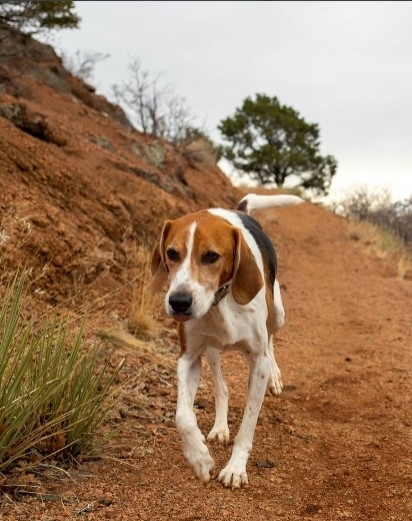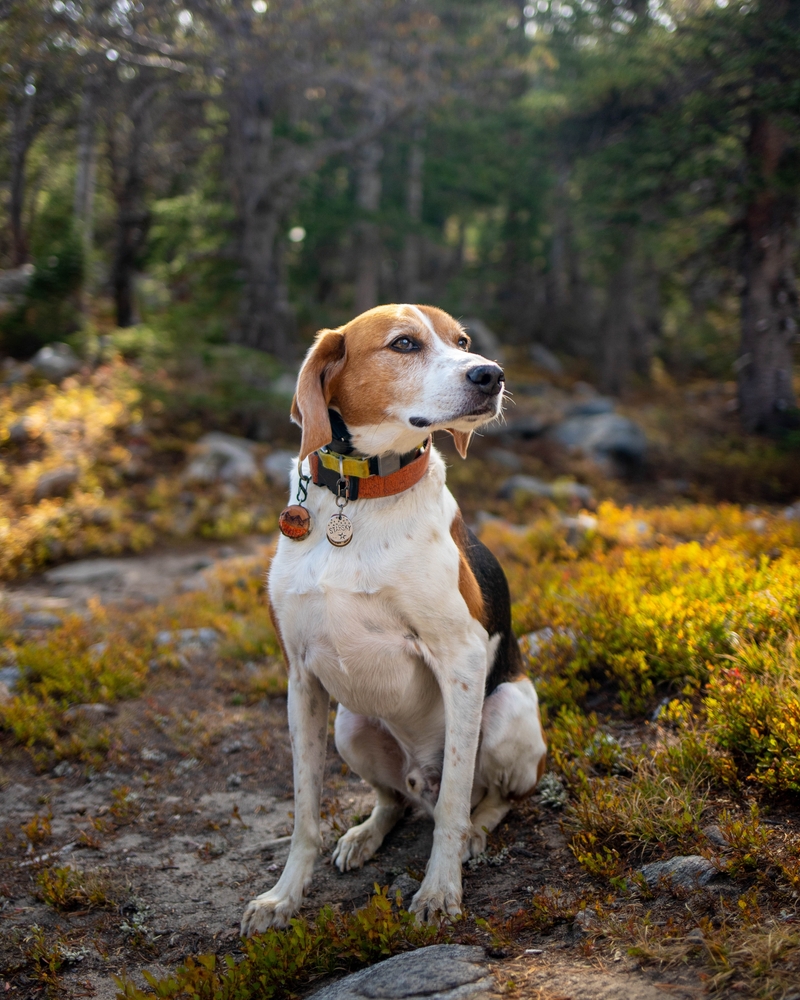Compatibility and Interactions with Other Pets and Animals
When it comes to sharing our lives with beloved pets, it’s essential to understand the dynamics of compatibility and interactions between different animals. Whether you’re a seasoned pet owner or considering adding a new member to your furry family, the ability of different species to get along harmoniously is crucial. In this comprehensive guide, we delve into the nuances of compatibility and interactions between various pets and animals, providing insights that will help you create a harmonious and joyful living environment for your companions.

Understanding the Dynamics of Compatibility
Compatibility in the realm of pets refers to the ability of different animals to coexist in the same environment without causing undue stress or harm to one another. This involves assessing the natural behaviors, temperaments, and social structures of each species.
Factors Influencing Compatibility
Several factors influence compatibility between animals:
-
Species Characteristics: Each species has its unique characteristics, behaviors, and communication methods. Understanding these traits helps predict how they might interact with other animals.
-
Social Needs: Some animals are inherently social and thrive in groups, while others prefer solitude. Pairing animals with similar social needs can foster positive interactions.
-
Territorial Instincts: Animals often have territorial instincts. Introducing animals with conflicting territorial tendencies can lead to conflicts.
-
Predator-Prey Relationships: Animals with predator-prey relationships might not be compatible due to the inherent fear or aggression associated with such interactions.


Building Positive Interactions
Creating a household where different pets interact positively requires careful planning, patience, and proactive measures.
Gradual Introduction
When introducing new animals, take it slow. Keep them in separate spaces initially, allowing them to get accustomed to each other’s scent and presence. Gradually increase their exposure over time, under controlled conditions.
Supervised Interaction
Supervision is essential during the initial interactions. Be prepared to intervene if any signs of aggression or stress arise. Positive experiences during supervised sessions lay the foundation for future interactions.
Providing Separate Spaces
Even in households with multiple pets, providing separate spaces is crucial. Animals need their retreats where they can rest, eat, and feel safe without competition or disturbances.
Species-Specific Considerations
Let’s explore the compatibility and interactions between some common pet combinations:
Dogs and Cats
Dogs and cats are among the most popular pets, and they can get along remarkably well. However, successful integration often depends on their individual personalities and early socialization.
Birds and Small Mammals
Birds and small mammals like guinea pigs or hamsters can coexist peacefully if proper measures are taken. Keep in mind that some birds have strong predatory instincts, so close supervision is necessary.
Dogs and Small Animals
Dogs and small animals like rabbits can cohabitate harmoniously, provided the dog has a gentle temperament and is trained to respect the smaller animal’s space.
Reptiles and Other Pets
Reptiles have specific environmental needs and don’t typically interact with other pets. However, ensuring their enclosures are secure from potential predators is crucial.

Compatibility and Interactions with Other Pets and Animals
In the world of pet ownership, compatibility and interactions between different animals can lead to wonderful, enriching experiences. By understanding the dynamics of each species, taking gradual steps towards integration, and providing the right environment, you can create a peaceful and happy home for all your beloved companions.